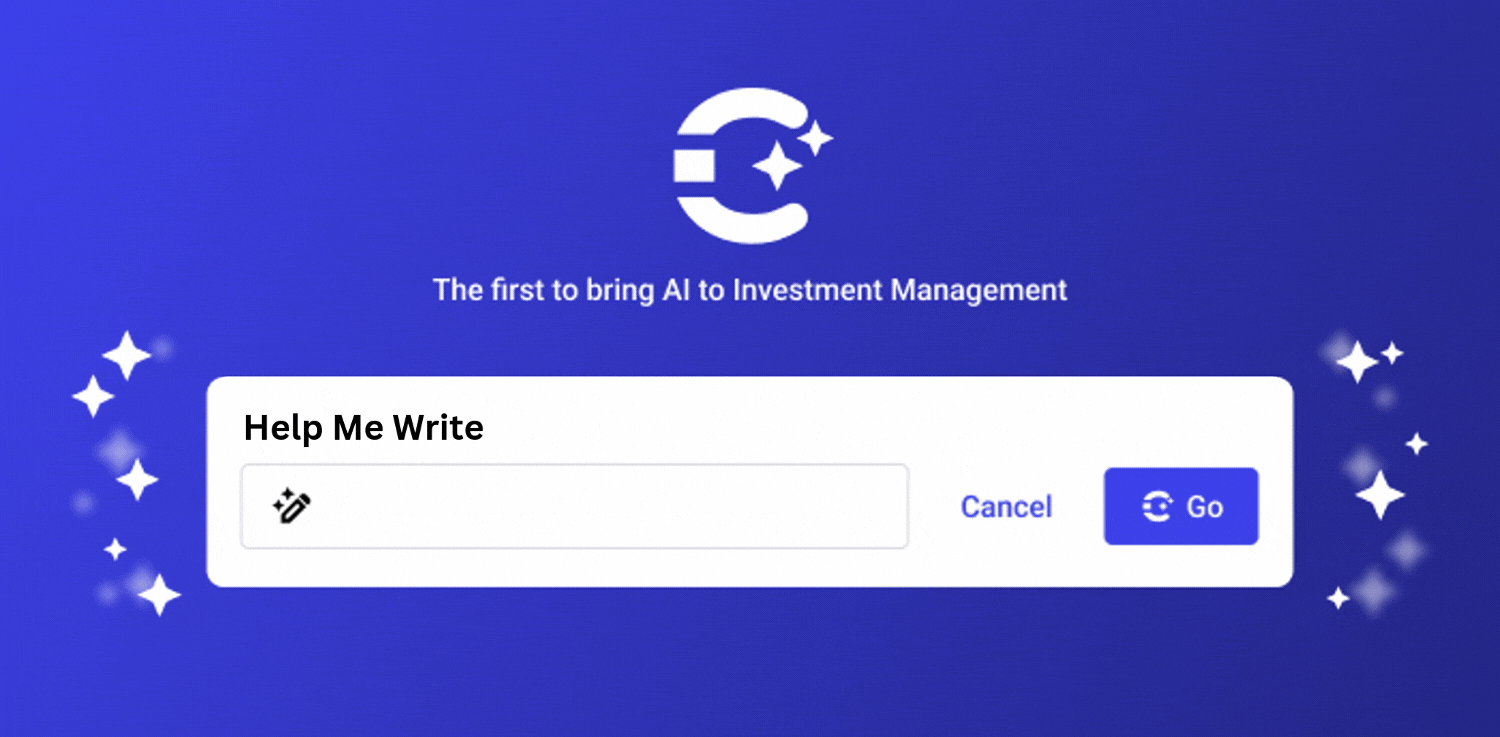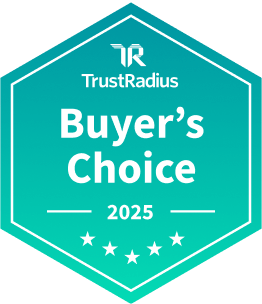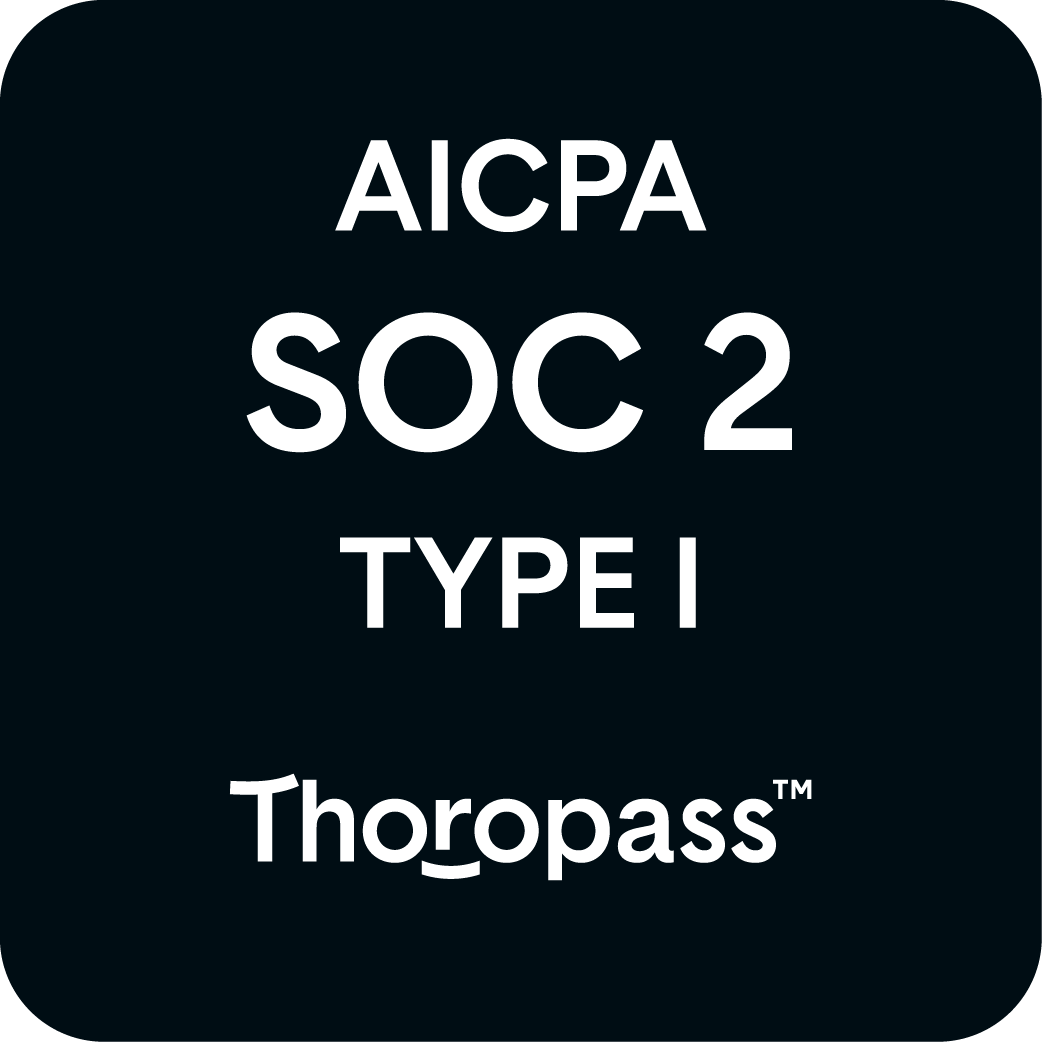What to know about NOI and GPR for Commercial Real Estate Investing
The Ins and Outs of Commercial Real Estate Investing
Commercial real estate investing is daunting because of how much capital and risk are involved. On top of that, the complicated acronyms and complex formulas of the field can cause confusion even for veteran investors.
Commercial real estate investment offers an opportunity to build wealth, generate passive income, and diversify one’s investment portfolio. To maximize returns and minimize risk, investors must understand the key financial metrics that help evaluate property performance, value, and potential.
If you want to better understand how your commercial real estate investment performance is being measured, look no further.
let’s talk about two essential metrics to invest in commercial real estate: Net Operating Income (NOI) and Gross Potential Rent (GPR). As an investor, you need to know about commercial real estate metrics that will allow investors to make informed decisions to invest in commercial property and optimize their commercial real estate properties.
Before we jump to discussing the NOI and GPR, let’s first learn about the types and benefits of commercial real estate without any delay.
Types of Commercial Real Estate
Commercial real estate offers numerous benefits of investing in commercial investment property and encompasses various property types. Each commercial real estate type has its unique characteristics, commercial investment opportunities, and risks.
Related article: How To Invest in Commercial Real Estate
Understanding these different types of commercial real estate markets can help investors identify the best investment opportunities to start investing in real estate and meet their financial goals and risk tolerance.
Commercial and Office buildings
Office buildings are designed to accommodate businesses and professionals. These commercial real estate deals can range from small office spaces for single commercial tenants to large multi-tenant structures, such as skyscrapers. Furthermore, commercial buildings generally have longer lease agreements.
Retail Properties
Retail properties are used for the sale of goods and services to consumers. They can range from small storefronts to large shopping malls and encompass various formats, including strip centers, power centers, and lifestyle centers. The success of retail properties depends on factors such as location, tenant mix, consumer preferences, and economic conditions.
Industrial Properties
Industrial property is typically comprised of manufacturing, warehousing, distribution, and research and development activities.
Multifamily Properties
Multifamily properties consist of residential real estate units designed to house single-family or multiple tenants, such as apartment buildings and condominiums. These residential properties can offer stable cash flow for many investors due to the ongoing demand for housing. However, they may also be subject to local housing regulations and economic factors that influence rental rates and vacancy levels of multifamily investment strategy.
Hospitality Properties
Hospitality properties include hotels, motels, resorts, and other lodging facilities that cater to travelers and tourists. Investing in hospitality properties requires a thorough understanding of the factors that influence demand, such as tourism trends, economic conditions, and competition. Hospitality properties can be management-intensive and may require specialized knowledge to operate successfully.
A comprehensive commercial real estate strategy is crucial for any investor to succeed in the market. We recommend you read out our detailed article on How To Maximize Your Commercial Real Estate Strategy.
What is NOI (Net Operating Income)
NOI or Net Operating Income is a calculation used to measure the profitability of cash flowing (income-generating) RE investments.
NOI is basically all the revenue from a property minus all the necessary operating expenses.
It is purely a before-tax figure that appears on the property’s income statement. This figure excludes the principal and interest payment on your loans, deprecations, amortization, or capital expenditure.
In other industries, this metric is called “EBIT” or Earning Before Intrest and Taxes.
NOI VS EBIT
NOI is used to analyze the ability of RE properties to generate income.
EBIT, however, is determined by subtracting a company’s COGS (cost of goods sold) AND operating expenses from its revenue.
Simply put, in real estate, there aren’t any “sold goods”, therefore, NOI is unique to RE.
Example:
You invest and purchase a property that generates $20,000,000 (rent & fees).
Operating it will cost you $6,000,000. Depreciation expenses will cost you another ~ $200,000.
Your NOI will be $14,000,000.
Your EBIT, however, will be $13,800,000, since it takes depreciation expenses into account.
How to Calculate Net Operating Income (NOI)
As stated, calculating NOI is simply subtracting the operating expenses from revenue generated by a property.
Revenue could come from rental income, parking fees, service charges, and so on.
Operation expenses, for example, could be property taxes, insurance, and repairs.
Formulaically:
NOI (Net Operating Income) = RR-OE
RR = real (estate) revenue
OE = operating expenses
Understanding NOI
Now that we generally grasp NOI better, let’s dive in a bit more.
Rent income from tenants is the goal. But your property might yield cash flow from other venues and amenities, such as a laundry facility, electric car charging stations, vending machines, and parking structures.
As mentioned, capital expenditures, such as the cost of new solar roof panels, or a new HVAC system for the entire building, are not included in the calculation.
Also not included are the operating expenses, like the cost of running utility repairs, maintenance (cleaning and repair services—including insurance premiums).
Calculating the NOI will help you determine the capitalization rate – which actually helps you appraise the property’s value—ultimately letting you compare between different property investment opportunities (when selling or buying).
NOTE:
NOI is also used when calculating the total ROI/IRR, cash return, and net income multiplier.
Financed properties use NOI in their DCR (Debt Coverage Ratio) formulas. This helps lenders and investors know if the property’s generated income covers its debt payments alongside the usual operating expenses.
What is a good NOI in real estate?
Truthfully, there’s no such thing as “good” NOI. In reality, you can compare one property’s NOI to a similar one in the same area. It will allow you to compare expenses and see if yours are too high. Then, improving your overall cash flow from the property could be achieved by strategically cutting operating costs or by creatively increasing rental income.
Let’s expand on how you can maximize your NOI.
How to Improve NOI
There’s no special formula or hidden way to increase your NOI. As we mentioned earlier, it’s about increasing flow and/or decreasing costs. But here are three tips to help you improve your investment’s performance.
- Creating extra income: outside the realm of increasing income or decreasing loss is the creative route; new ideas and strategic partnerships to increase the cash flow pipe outside of filling vacancies or increasing rent, like having billboards and big posters on the building for extra ad revenue, extra parking levels where parking is scarce, or even extra pet fees from existing tenants.
- Minimize operation expenses: bleeding money is a terrible thing for any investment. It undermines your earnings potential. Reviewing your property’s expenses – if you haven’t done so in a while – could be a good place to start. Maybe it’s high property management fees, maybe it’s time for solar panels on the roof, or investing in a more efficient cooling or water system for the entire building. Calculate and do the math on what will cost you more in the long term; making such improvements now or losing money long term if you didn’t.
- Increase rental income: which is obvious. But you can also evaluate your vacancies fill-up rate. Maybe it’s the slow process of new tenant’s onboarding and move-in timeline, and working on speeding up such processes. Maybe investing in marketing and better branding for the property can decrease the amount of time spaces sit empty. The math should be: what costs me more? Better marketing or empty spaces. Signing incentives with new tenants is also a valid tactic.
Grab our Ebook on 2023 Commercial Real Estate Outlook Now!
Now that we covered NOI, and expended on rent–let’s talk about GPR.
What is GPR?
GPR is the acronym for Gross Potential Rent. Commercial real estate investors must make educated decisions when determining which properties to invest in. While there are many strategies and formulas to measure such metrics, GPR is a fundamental one to know.
In layman’s terms, GPR is the total amount of income you can expect to receive from a property you bought based on market rent. To determine the GPR, you assume all available units in the property are fully occupied, and that rent for each one is paid in full.
Importance of GPR
GPR is important because, throughout the disqualifying process, it’s the first thing you need to know when choosing to pull the trigger on a deal. When you purchase a piece of commercial property, you pay a flat fee. GPR lets you know how profitable the piece of property is and its earnings potential.
Calculating Gross Potential Rent
First, when comparing similar properties in the same proximity, you need to ask your advisors, office, investment firm, brokerage, and agents for the market average.
Then, once the numbers are in front of you, doing some of your own research and comparing that with the information you got from your team will produce higher certainty. You’d like to calculate the GPR for yourself for peace of mind – even if you’re investing as a LP.
For example:
A property you’re looking to buy has 30 units and the market rent is $800 per month.
The GPR will be 30×800 (30 units times 800 dollars) = 24,000. Then, times 12 (one year).
24,000 x 12 = 288,000 USD.
GPR = $288,000.
——
We discussed what NOI is, what it’s used for, how to improve it using inside and outside the box thinking, what is GPR, how important it is, and how to use it to evaluate a deal. Now you have a better grasp on what deals can help you accumulate more wealth, have more impact, and create a stronger legacy.
*Disclaimer
Investing in commercial real estate can be risky. It is not a fit for everyone. While we aim to provide general information to help you better understand CRE investments, we are neither providing any investment advice nor advising for or against any particular investment.






